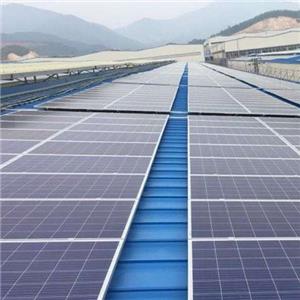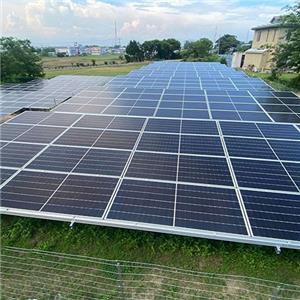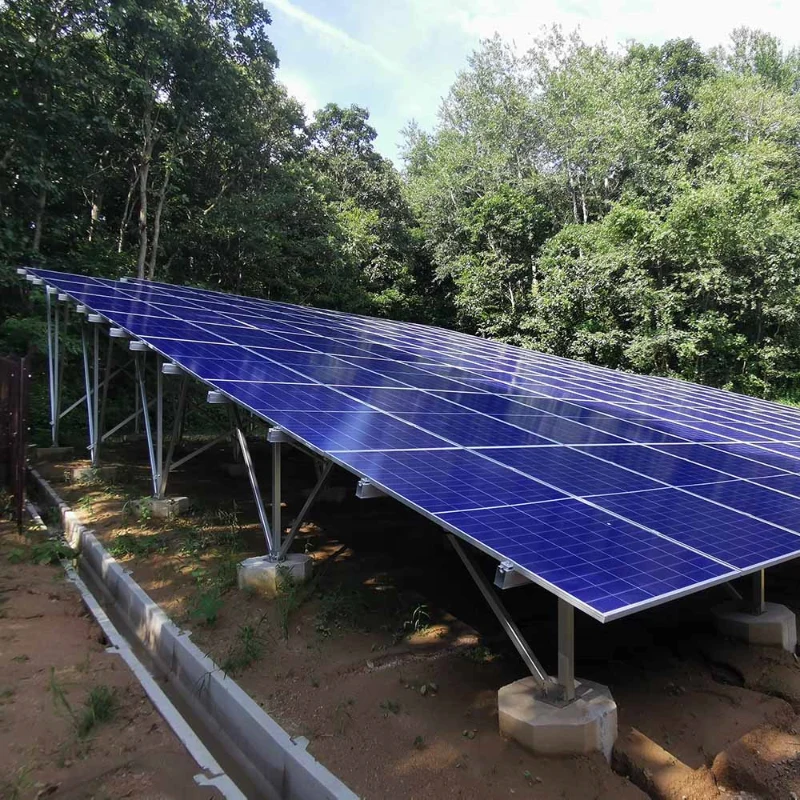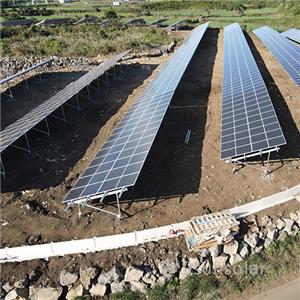-
17-10-2024
Exploring the Advantages of a Ballast Roof
A ballast roof is an efficient method for installing solar energy systems on rooftops, specifically through a solar ballast system, offering several benefits. It maximizes space usage with ballast roof mount solar solutions, enhances solar power generation through optimal sunlight capture, and provides additional protection for the building with ballasted solar roof mount installations. This system also reduces energy costs by lowering reliance on traditional sources and promotes environmental sustainability by decreasing fossil fuel use and greenhouse gas emissions. Additionally, flat roof ballast options ensure stability and durability. Overall, ballast roofs support effective solar energy integration while contributing to energy conservation and sustainability goals with ballast mounted solar panels.
-
26-09-2024
The Advantages of Ground-Mounted Solar Systems
Underground solar energy systems involve burying solar panels, providing benefits like space efficiency for urban areas, aesthetic preservation, stable temperatures for improved efficiency, wind resistance, enhanced protection from weather, seamless integration with existing structures, and increased security against theft. However, considerations such as soil conditions, construction challenges, and costs are important before installation.
-
25-09-2024
What Are the Various Types of Roof-Mounted Solar Racking Systems?
Solar panels are often installed on roofs for optimal sunlight exposure and stability. Roof-mounted systems are divided into two types: pitched roof systems and flat roof systems. Pitched roof systems, used mostly in residential setups, include railed and railless options, both requiring roof penetration for attachment. Railed systems use rails for support, while railless systems attach panels directly for faster installation. Flat roof systems, common in commercial settings, often use ballast to secure panels, which are typically tilted between 5° and 15° for optimal sunlight. Some setups use an east-west dual-tilt configuration to maximize energy production. Various designs, including pre-cast concrete systems, provide installation flexibility.
-
24-09-2024
The Impact of Heavy Snow on Solar Mounting Systems
Heavy snow can impact solar mounting systems by blocking sunlight, reducing energy efficiency, adding extra weight that may damage or collapse the support structures, and causing water accumulation that can lead to component damage. To mitigate these issues, regular snow removal, reinforcing the mounting system, using snow protection measures, and considering local climate conditions are recommended. Proper planning and professional consultation can help ensure solar systems are designed to handle snowy conditions effectively.
-
23-09-2024
Step-by-Step Guide to Installing Solar Panels on a Tile Roof
To install solar panels on a tile roof, first, evaluate the roof’s strength to support the panels and consult a professional if necessary. Plan the layout based on the roof’s size and orientation, with a preference for south-facing positions to maximize sunlight. Gather the required materials and tools, such as panels, mounting brackets, cables, and junction boxes. Install the mounting brackets securely, then attach the solar panels following the manufacturer’s instructions. Properly connect and insulate the wiring to inverters or storage systems, adhering to electrical safety standards. Prioritize safety by using appropriate protective gear and following safety protocols. Consult a professional for guidance based on roof type and structure.




